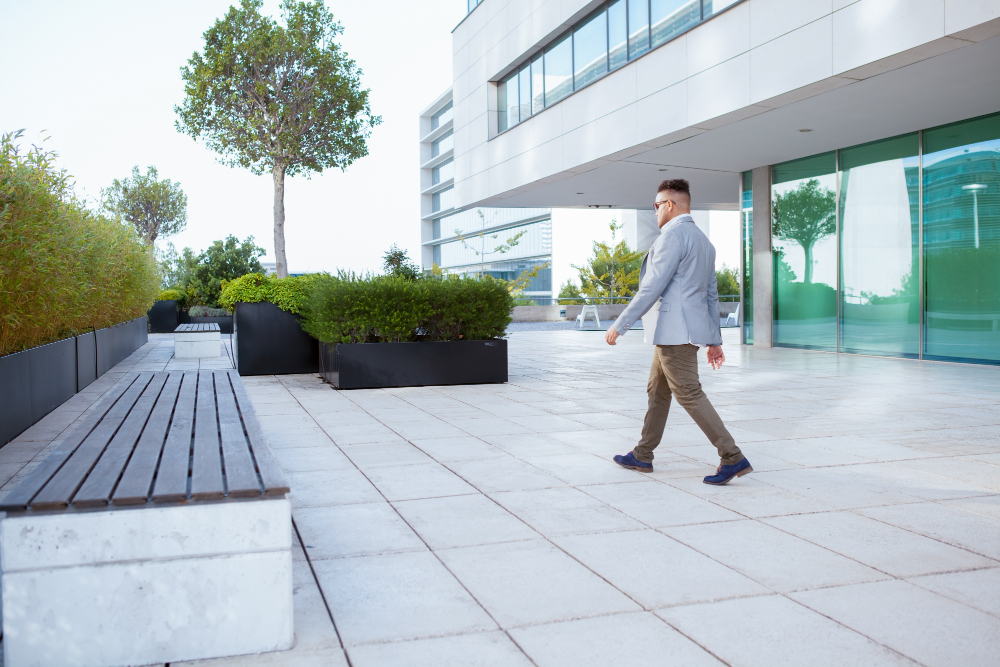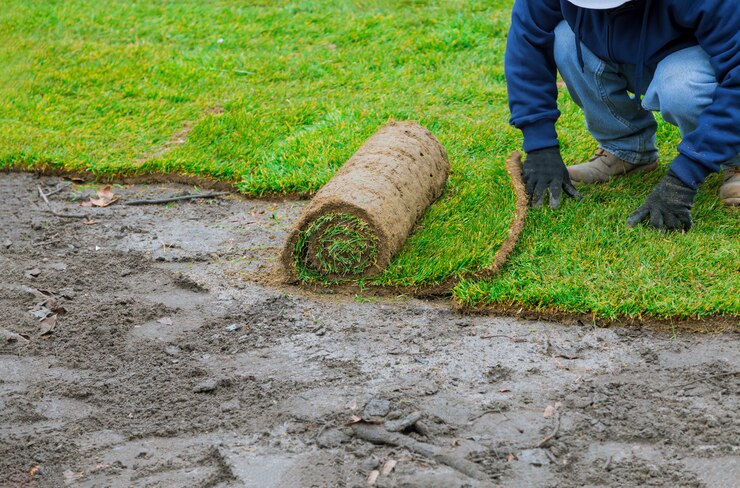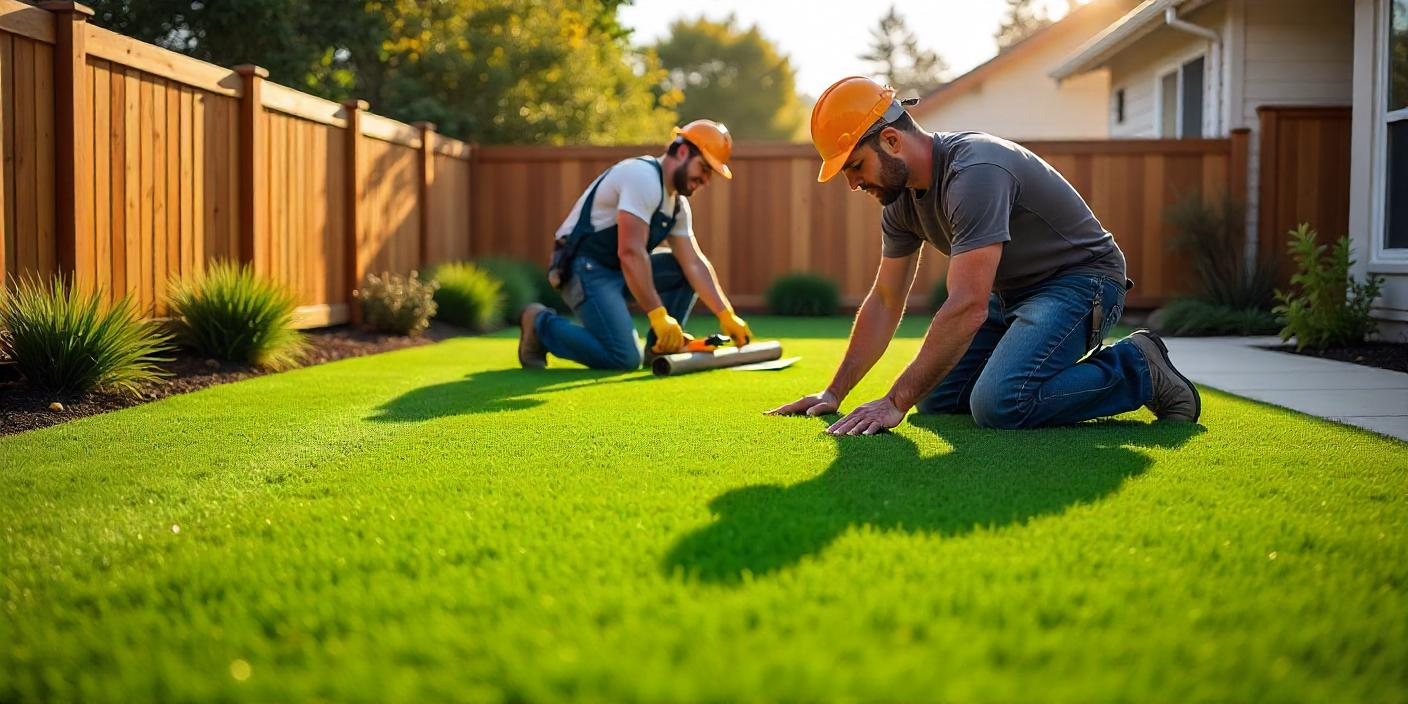How to Install Pavers on Soil: A Beginner’s Guide

Creating a beautiful and durable paver walkway doesn’t always require complex excavation or heavy equipment. If you’re working with a solid patch of soil and want to enhance your outdoor space quickly and cost-effectively, you may be wondering, "How to install pavers on soil?" The good news is—it’s possible, especially for light-use areas like garden paths or decorative walkways. At Lakota Design Group, we bring decades of experience in Bay Area Paver Installation, and in this guide, we’ll walk you through everything you need to know to get it done right the first time.
Can You Lay Pavers Directly on Soil?
Yes, you can lay pavers directly on soil, but only under specific conditions. Soil-based paver installation is best suited for areas with minimal foot traffic, like garden paths, stepping stones, or side yard walkways. It’s not ideal for driveways or patios where stability is crucial. For heavier-use surfaces, you need a more robust base with gravel and sand layers. Still, if you’re focusing on lightweight, aesthetic paths and understand the limitations, installing pavers on soil can be a quick and affordable option.
Benefits of Installing Pavers on Soil
While it may not be suitable for all applications, installing pavers directly on soil comes with some key benefits:
Cost-effective: No need for gravel or base materials
Faster installation: Fewer layers to prepare
Minimal tools required: Great for DIY beginners
Ideal for softscapes: Works well for organic or rustic bay area landscape design
Now, let’s get into the step-by-step process on How To Install Paver Walkway directly on soil.
Step 1: Assess and Prepare the Soil
Before starting any paver installation, it’s important to evaluate your soil. In the Bay Area, soil can range from heavy clay to sandy loam. Your goal is to work with compact, stable soil. If the ground is soft or has poor drainage, you may experience shifting over time.
Here’s what to do:
Clear vegetation: Remove grass, weeds, and roots from the area.
Check moisture: Slightly moist soil is easier to compact. Avoid working on overly wet or dry ground.
Level the area: Use a rake to smooth out the space. Ensure it’s free from rocks and debris.
Step 2: Outline Your Walkway
Using marking paint, rope, or a garden hose, outline the shape and path of your walkway. Consider curves, corners, and the layout that best complements your existing bay area landscape design. At Lakota Design Group, we recommend sketching your plan beforehand to ensure visual balance and proper functionality.
Step 3: Excavate and Compact the Soil
Dig down to a depth of about 3–4 inches, depending on the thickness of your pavers. This shallow excavation ensures the pavers sit level with the surrounding ground and reduces tripping hazards. Once excavated, compact the soil using a hand tamper or plate compactor. Solid compaction is key to preventing future settling or shifting. For enhanced stability, especially in clay-heavy Bay Area soil, consider adding a thin layer of crushed stone (1–2 inches) before compacting.
Step 4: Lay a Weed Barrier (Optional)
If you’re installing pavers on soil in an area prone to weeds, laying down a geotextile fabric can help minimize weed growth and maintain a clean appearance. While optional, it adds an extra layer of protection and makes maintenance easier down the line.
Step 5: Place and Position the Pavers
Start laying your pavers in the pattern you planned. Whether you’re going for a staggered brick look, a circular layout, or a natural stepping path, make sure each paver is level with its neighbors. Use a rubber mallet to tap each paver into place gently. Maintain consistent spacing between pavers—typically 1/8 to 1/4 inch—for a uniform look.
Pro Tip from Lakota Design Group: Work from one side to the other to avoid disturbing freshly laid pavers. Adjust placement as needed to maintain the path’s shape and direction.
Step 6: Check for Level and Stability
After all pavers are laid, use a level to ensure the surface is even. Pay close attention to edges and transition points. If any pavers wobble or rock, remove them and add or compact more soil beneath until they’re secure.
Step 7: Fill the Gaps
With the pavers in place, it’s time to fill the joints. You can use fine sand, soil, or even gravel, depending on the look you want and the function of your path.
Sand: Offers a clean, finished look and helps stabilize the pavers.
Soil: Ideal for garden paths where you want grass or moss to grow between the stones.
Gravel: Adds texture and promotes excellent drainage.
Sweep your chosen filler into the joints, then lightly mist the surface with water to help it settle.
Step 8: Edge Restraints (Optional but Recommended)
Even when installing pavers on soil, adding edge restraints can help maintain the shape of your path over time. Use metal, plastic, or natural stone edging to hold the pavers in place and prevent lateral movement. It’s an essential step for long-lasting Bay Area Paver Installation.
Maintenance Tips for Pavers Installed on Soil
Soil-based paver walkways require occasional upkeep to stay functional and beautiful:
Check for shifting: Re-level any pavers that move due to soil changes or erosion.
Refill gaps: Add more sand or filler material if gaps appear.
Control weeds: Apply organic weed killers or pull manually.
Inspect drainage: Make sure water isn’t pooling along the walkway.
Following these steps ensures your walkway remains attractive and functional throughout the seasons.
Common Mistakes to Avoid
Many DIYers make simple but costly errors when laying pavers directly on soil. Here are some pitfalls to avoid:
Skipping compaction: Loose soil leads to sunken or uneven pavers.
Not leveling pavers: Results in tripping hazards and poor aesthetics.
Improper spacing: Can cause joint filler to wash away.
Ignoring edging: Leads to pavers drifting out of place over time.
Avoiding these mistakes helps you get the most out of your project—especially in a region like the Bay Area where soil shifts and rain can affect your installation.
When to Choose a Professional Installation
While installing pavers on soil can be a satisfying DIY project, it may not always be the best choice—especially if you’re dealing with complex terrain, drainage issues, or want a more permanent solution. That’s where Lakota Design Group comes in. With nearly five decades of experience in Bay Area Paver Installation, we create walkways that are not only beautiful but engineered for performance. Whether it’s a decorative garden path or a structural entryway, we ensure every detail—from base prep to edge restraint—is professionally handled.
Integrating Walkways into Your Bay Area Landscape Design
A walkway isn’t just a functional element—it’s an opportunity to elevate your entire landscape. Thoughtfully designed paths connect spaces, guide guests, and add texture and rhythm to your yard. Our expert designers at Lakota Design Group specialize in seamless, custom bay area landscape design solutions that integrate hardscapes like paver walkways with natural features, lighting, and planting schemes.
Conclusion
Now that you know exactly how to install pavers on soil, it’s time to turn that knowledge into a beautiful, lasting walkway. Whether you’re going the DIY route or need full-service support, Lakota Design Group is here to help. We specialize in high-quality Bay Area Paver Installation—from soil preparation to final compaction—ensuring your walkway is both functional and visually striking.
Contact us today by visiting Lakota Design Group. Let’s design a custom paver walkway that’s durable, stunning, and built with expert craftsmanship.
Note: IndiBlogHub features both user-submitted and editorial content. We do not verify third-party contributions. Read our Disclaimer and Privacy Policyfor details.






